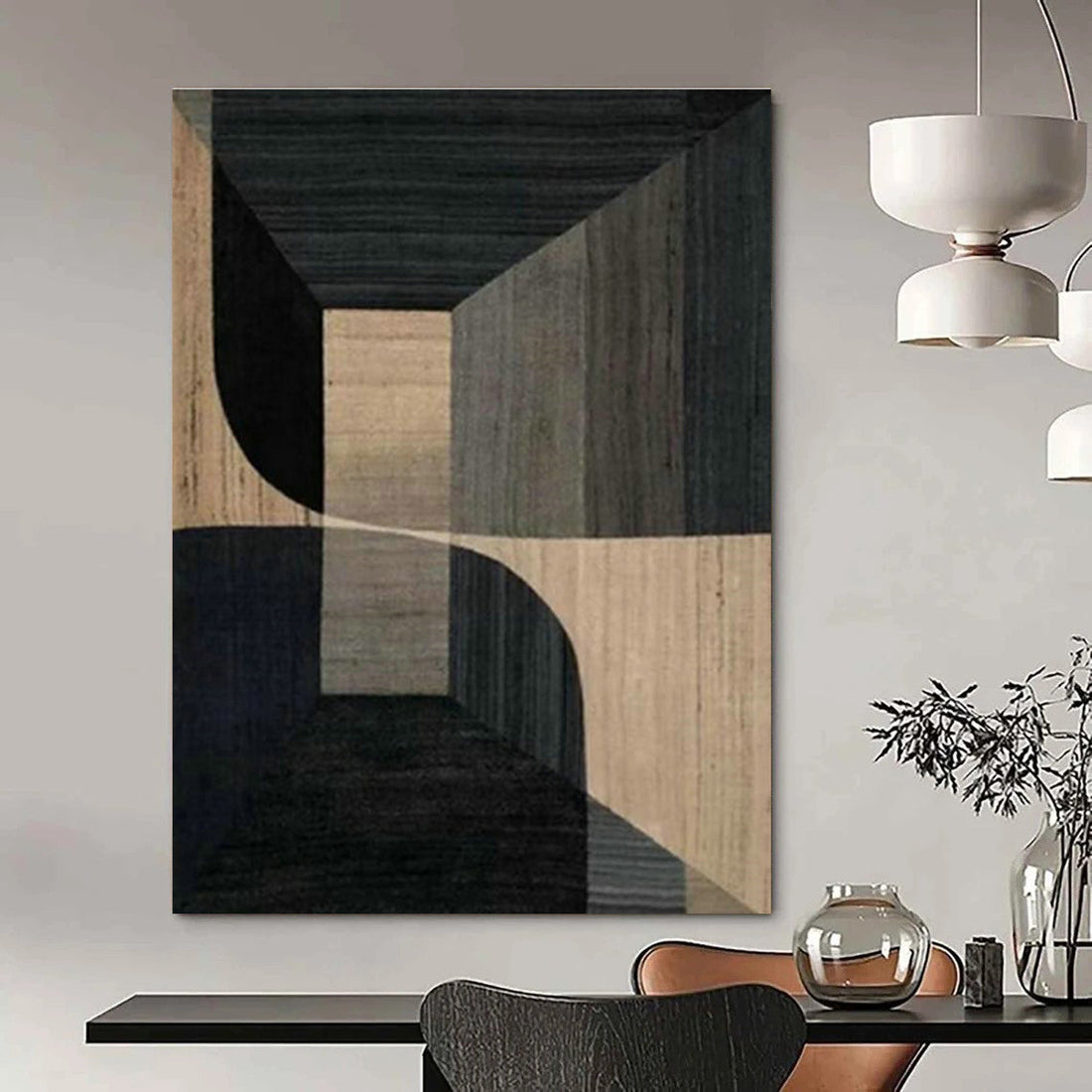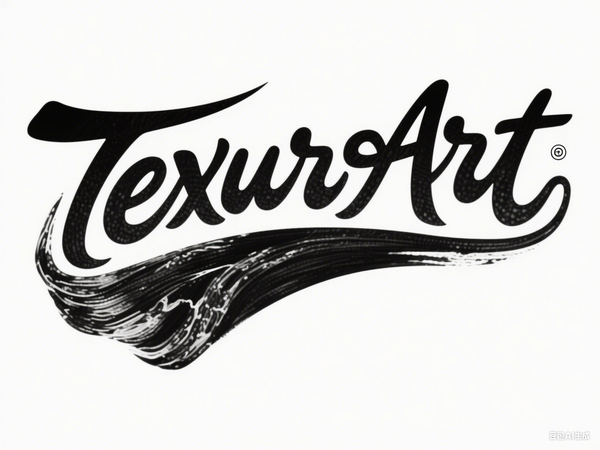
The Art and Depth of Textured Paintings - Techniques, Influences, and Contemporary Exploration
Share
Textured paintings elevate the visual arts by adding a tactile dimension that engages both the eyes and the senses. By layering materials and creating varied surfaces, textured artworks can evoke movement, emotion, and physicality, inviting viewers to experience more than just color and form. This complex interplay between texture and abstraction has fascinated artists across centuries and continues to inspire contemporary creators.
For a diverse and exquisite range of textured artworks, visit the Textured Paintings collection on Texturart.
What Are Textured Paintings?
Texture in painting refers to the surface quality or feel of the artwork. It can be physical—where the surface is raised or three-dimensional—or visual, where the illusion of texture is created through brushstrokes, layering, or color contrasts. Both types help imbue paintings with depth and vitality.
Vincent van Gogh’s Starry Night is a historic masterwork illustrating the power of texture. His bold impasto brushstrokes create swirling skies that vibrate with energy and emotion. This technique’s expressive force is highlighted in the detailed Arty Factory guide on texture in art, which explores how artists use texture to enliven their works.

Renowned Artists Who Pioneered Textural Techniques
Many iconic painters have masterfully applied texture to express emotion, movement, and physical presence:
-
Vincent van Gogh used thick, tactile brushstrokes to translate his intense feelings onto the canvas, with Starry Night standing as a prime example.
-
Lucian Freud is celebrated for his painstaking rendering of the human body’s textures, creating intimate, visceral portraits that breathe depth and realism.
-
Max Ernst pioneered unique textural techniques like frottage and grattage, layering surreal textures that unlock subconscious imagery, as evident in The Entire City.
-
Antonio Tàpies merged rough, mixed media materials such as sand and marble dust to craft paintings thick with symbolism and physicality.
-
Contemporary artists like Jessica Tsai and Diana Al-Hadid challenge texture norms by integrating glass, plaster, and sculptural elements, expanding the definition of textured painting.
For a deeper understanding of how contemporary artists redefine texture, the article 10 Artists Who Master the Art of Texture provides vivid examples and insight.
Visual vs. Physical Texture in Art
It’s essential to distinguish physical texture—actual raised surfaces—from visual texture, where artists simulate texture using paints and techniques. The interplay between these gives artists tools to convey meaning and emotion in different ways.
The comprehensive breakdown in Art Class Curator’s article on texture examples illustrates this duality and encourages viewers and artists alike to appreciate how both enhance art’s communicative power.
The Emotional and Symbolic Language of Texture
Texture in painting adds an immediate tangible quality that heightens emotional impact. Antonio Tàpies viewed texture as a “language of expressive force,” using scars and roughness on the canvas to convey time’s passage, human fragility, and resilience.
The Fine Art Tutorials guide on texture emphasizes how texture invites viewers closer and encourages them to engage with the artwork on multiple sensory levels, transforming passive observation into an immersive experience.
Techniques and Materials Used in Textured Paintings
Artists employ a variety of techniques and materials to achieve texture:
-
Impasto involves applying thick paint layers that stand out from the canvas, often using palette knives or stiff brushes.
-
Mixed media incorporates sand, fabric, plaster, metal, and found objects to add richness and complexity.
-
Processes like scraping, carving, and layering further diversify textures and create dynamic surfaces.
The blog post In Pursuit of Texture is an excellent resource for exploring how different materials and conceptual approaches contribute to textured art’s evolution.
Displaying and Preserving Textured Paintings
Due to their dimensionality, textured paintings require specific display considerations. Proper lighting will emphasize textures and shadows, while adequate space ensures their details can be fully appreciated without risk of damage.
Collectors and art lovers can explore thoughtfully curated textured pieces and acquire unique artworks through the Textured Paintings collection on Texturart.
Frequently Asked Questions (FAQ)
What defines a textured painting?
A textured painting is characterized by surface variations that may be tactile (raised or 3D) or visual (the illusion of texture), achieved by paint application, mixed media, or surface manipulation.
Which famous artists are celebrated for their use of texture?
Vincent van Gogh, Lucian Freud, Max Ernst, Antonio Tàpies, Anselm Kiefer, and modern artists like Jessica Tsai have all explored texture extensively in their works.
How does texture influence the emotional impact of a painting?
Texture adds physical presence and sensory complexity, inviting viewers to experience deeper emotional and psychological responses beyond color and form alone.
What materials are commonly used to create textured paintings?
Heavy-bodied paint, gel mediums, sand, plaster, fabric, metal, and found objects are frequently used to add varied texture and dimensionality.
Where can I find beautiful and authentic textured paintings?
Explore the expertly selected works at the Textured Paintings collection on Texturart, alongside educational and inspirational blogs like Arty Factory and Yun Berlin’s artist profiles.
Texture transforms a painting from a flat image to a multi-sensory encounter. It continues to inspire artists and captivate audiences by adding layers of meaning and feeling that resonate beyond the visual plane, making textured paintings a vital and evolving art form.
